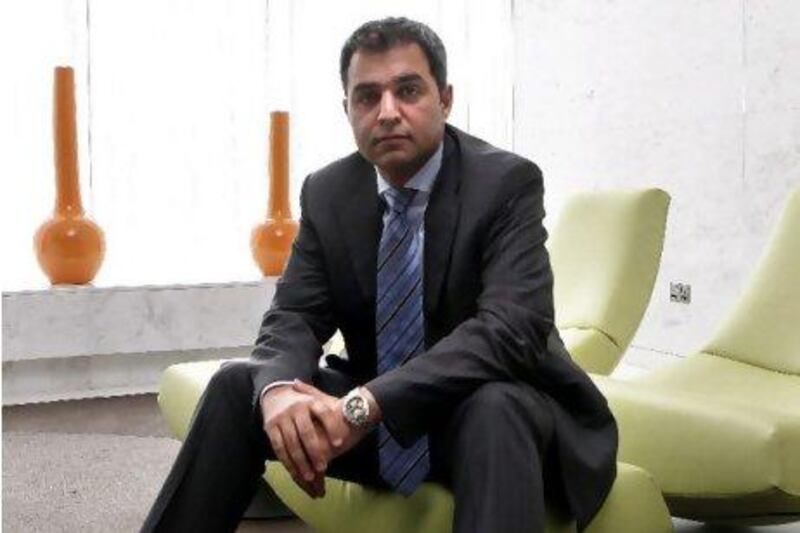Iran's total advertising market is forecast to double to US$1 billion (Dh3.67bn) in the next few years despite the ban on satellite TV, the Middle East's dominant medium for ads.
Zaid Mohseni, the chief executive of Broadcast Middle East (BME), a joint venture between News Corp and Moby Group, said his company was "bullish" on the local market.
Reliable figures on viewership and advertising spending in the Islamic republic are not available. But Mr Mohseni said he expected the local advertising market to double in the next few years.
"We think that, at the moment, the total ad market in Iran is $500 million," he said. "But we think that there is a potential for this ad market to increase to $1bn in a short period of time."
BME operates the Farsi1 satellite channel, and plans to launch two additional Farsi-language stations over the next few months.
Mr Mohseni declined to disclose the ad revenue for the Farsi1 channel but said it had "exceeded" expectations. Electronics brands such as Samsung, Panasonic, Sharp and Sony Ericsson had advertised on the channel, he said.
Receiving satellite TV signals is illegal in Iran, although the ban is not strictly enforced. Mr Mohseni acknowledged that the prohibition makes it difficult to obtain figures about the Iranian market.
"Technically, satellite viewing is not legal, so people cannot watch satellite. So as a result of that they will not readily admit to watching satellite in an official survey," he said.
There was room in the market for more advertising-supported Farsi TV stations, he said.
"We think that the market is really underserved. If you look at the Arab market, you've got 300 million Arabic speakers, and you've got a plethora of channels for the Arab audience," said Mr Mohseni. "But for the Farsi-speaking market, based on our research, we still think that there is a huge gap in terms of the supply of good content … If we can get the viewers, we think that advertisers will also be interested."





